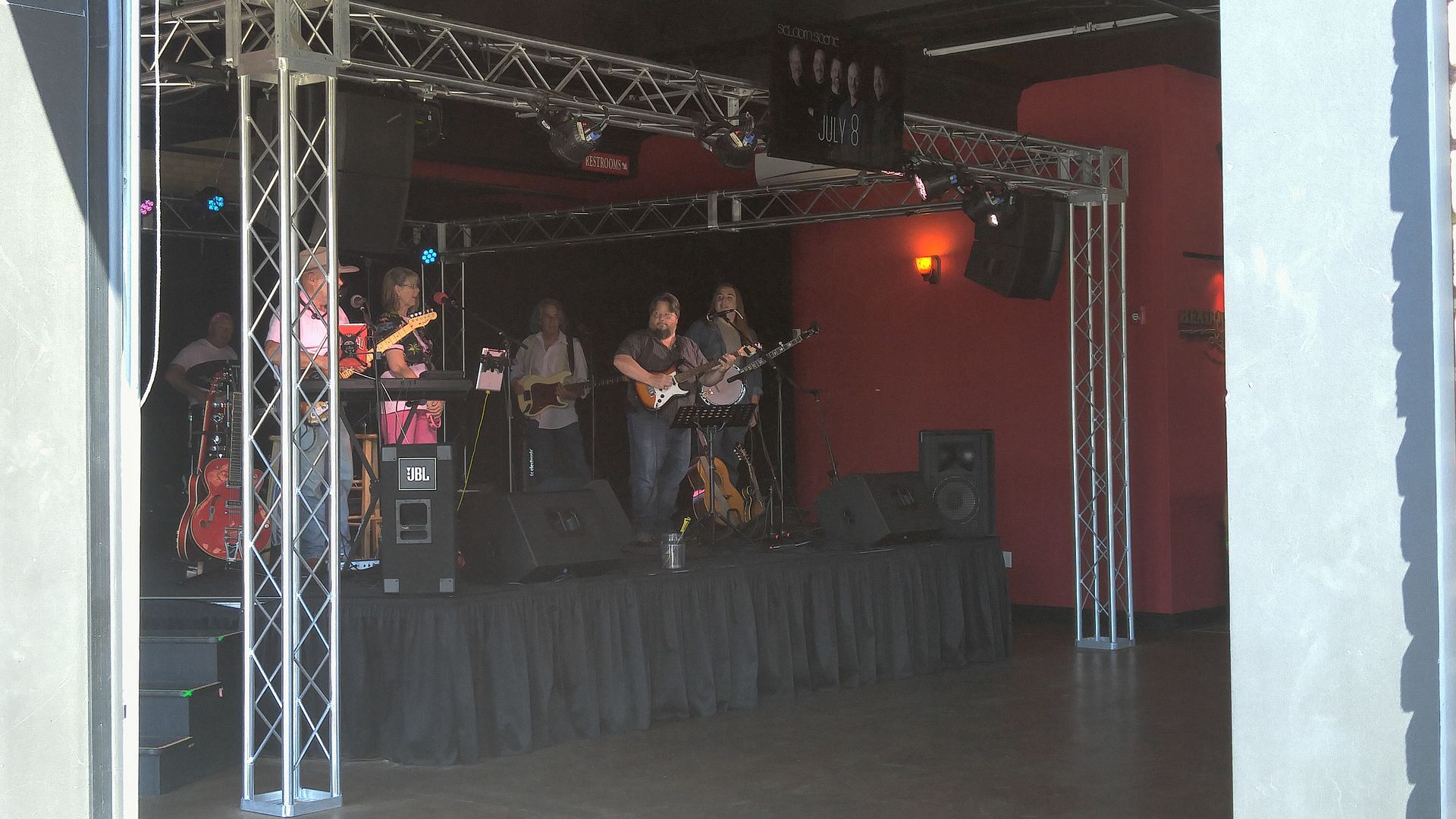Commentary by Marita Noon
Proponents of green energy like to point out how the costs have come down – and they have. Though renewable energy, such as wind and solar, are not expected to equal fossil fuel costs anytime in the near future and recent growth has been propped up by mandates and tax incentives. But there are other, more subtle aspects of the Obama Administration’s efforts that have had negative impacts that are not felt for years after the policies are implemented. By then, it will be too late to do much about them.
We know that the push toward renewables has hurt the coal industry. As Hillary Clinton gleefully exclaimed: “we’re going to put a whole lot of coal miners and coal companies out of business.” We are already seeing this happen all over the country. Dozens of coal mining companies have gone bankrupt since President Obama took office and those that are still functioning are doing so with far fewer workers.
One such mine is in the Four Corners region of New Mexico – the San Juan Mine – which is one of the largest underground coal mines in the world. It has been a “top employer” in the region. Westmoreland Coal Company purchased the mine from BHP Billiton, with the sale completed on February 1, 2016. At the time, the mine employed more than 400 people. Shortly thereafter, 11 salaried staff lost their jobs and on June 16, another 85 workers – both salaried and hourly – were laid off. Which, according to the Albuquerque Journal, were “necessary because the San Juan Generating Station, which uses all the mine’s coal, plans to retire two of its four units as part of a negotiated agreement among plant operator Public Service Company of New Mexico [PNM], the Environmental Protection Agency, the Navajo Nation, and the state of New Mexico.”
The “agreement” to shut down half the power plant – thereby cutting the immediate need for coal – is the result of the EPA’s 2011 Regional Haze Program that, according to a report from the U.S. Chamber of Commerce, “seeks to remedy visibility impairment at federal National Parks and Wilderness Areas.” This, the report states, “is an aesthetic regulation, and not a public health standard” – though the results will be undetectable to the human eye. For this, nearly a quarter of the mine’s workforce has been terminated.
The Albuquerque Journal cites Westmoreland’s executive vice president, Joe Micheletti, as being unwilling to “comment on whether he expected to see more layoffs in the coming months.” It also states that PNM has promised “not to lay off any employees at the stations as a result of the unit closures” – though through attrition employment is down 20 percent from two years ago.
The reality is, anti-fossil fuel groups like the Sierra Club, wanted the entire plant shut down. In 2018, PNM will have to plead their case before the Public Regulatory Commission to keep the San Juan Generating Station functioning past 2022. PNM is currently considering a plan for meeting its needs for electricity without it. If the plant closes, all jobs, approximately 800, at both the mine and the generating station will be gone – greatly impacting the local economy.
Obama’s far-reaching green energy policies are insidious – hurting consumers in ways we don’t even think of. On June 10, Stephen Yurek, president and CEO of the Air-Conditioning, Heating and Refrigeration Institute (AHRI), gave testimony before the U.S. House of Representatives Subcommittee on Energy and Power. He addressed the nearly 40-year old Energy Policy and Conservation Act (EPCA) – which, he said, “has not been updated to reflect new technologies and economic realities” and “has been misapplied by the Department of Energy [DOE].” The Obama Administration has run amuck in its application of EPCA – issuing regulation after regulation. Yurek backs this up by pointing out the difference in the Clinton and Obama administrations: “While the Clinton Administration’s DOE issued just six major efficiency rules during his eight years in office, the Obama Administration’s DOE issued eight major efficiency rules in 2014 alone – a record according to the Office of Information and Regulatory Affairs. And DOE’s Unified Agenda indicate that between 2015 and the end of the administration, 11 additional major efficiency rules can be expected to be issued.”
These rules, Yurek explained, “use unrealistic assumptions” to create “higher efficiency levels than are economically justified for consumers.” He encourages Congress to force the DOE to “consider the real-world cumulative impact of product efficiency standards among agencies, businesses, and consumers” and suggests that “as DOE promulgates rules according to an accelerated regulatory schedule, necessary constructive dialogue falls by the wayside.”
Yurek summarizes: “An endless cycle of efficiency rulemakings continues to have an adverse impact on our global competitiveness and the American jobs we create.” This practice hurts consumers as “When new products and equipment cost more than consumers can afford, they find alternatives, some of which compromise their comfort and safety, while saving less energy or none at all or in some cases using more energy.”
In the name of energy efficiency, on December 6, 2013, Obama issued a memorandum ordering federal buildings to triple renewable energy use. He declared: “Today I am establishing new goals for renewable energy as well as new energy-management practices.” Now, nearly three years later, we get a taste of what his federal building initiative is costing taxpayers.
On June 16, 2016, the Federal Housing Finance Agency’s (FHFA) Office of Inspector General released a report – precipitated by an anonymous hotline complaint – on the 53 percent cost escalation at Fannie Mae’s extravagant new downtown DC building. As a result of the financial crisis, mortgage giant Fannie Mae received a bailout of $116.1 billion in taxpayer funds and FHFA now serves as the conservator over Fannie Mae. The Inspector General found that no one in the FHFA Division of Conservatorship “was aware of the 53% increase in the estimated build-out costs for Fannie Mae’s new office space.”
“Because Fannie Mae is an entity in the conservatorship of the U.S. government,” the report states: “FHFA, as conservator, will need to assess the anticipated efficiencies of specific proposed features against estimated costs of those features and determine whether the efficiencies warrant the costs.” The watchdog report found the ballooning costs created “significant financial and reputational risks.”
Addressing the excessive cost, Rep. Scott Garrett (R-NJ), chairman of the House subcommittee with oversight over Fannie Mae, said: “Like a child with a credit card in a toy store, the bureaucrats at Fannie Mae just couldn’t help themselves. After being forced to bail out the GSE’s [Government-Sponsored Enterprises] to the tune of nearly $200 billion [which includes Freddie Mac], American taxpayers now get the news that they are underwriting lavish spending at Fannie Mae’s new downtown Washington, D.C. headquarters. So while Americans around the country are living paycheck to paycheck, Washington insiders are blowing through budgets by designing glass enclosed bridges and rooftop decks.”
In response to the call for “immediate, sustained comprehensive oversight from FHFA,” Melvin L. Watt, FHFA director, defended himself. In the face of the Inspector General’s caustic criticism, he claimed that many of the upfront investments would save money over time. Watt’s memorandum only offers two such examples and one is more efficient lighting. He claims: “upfitting space with more expensive LED lighting instead of less expensive fluorescent lighting would result in significantly cheaper operating costs.” The other example he provided was window shades.
These are just three recent examples of Obama Administration policies that were put in place years before the resulting job losses and costs to consumers and taxpayers are felt. Gratefully, for now, the Supreme Court put a stay on one of his most intrusive and expensive programs – the Clean Power Plan. But there are plenty of little rulemakings, programs, and memorandums that will still be impacting jobs and increasing costs long after he is out of office.
The author of Energy Freedom, Marita Noon serves as the executive director for Energy Makes America Great Inc., and the companion educational organization, the Citizens’ Alliance for Responsible Energy (CARE). She hosts a weekly radio program: America’s Voice for Energy – which expands on the content of her weekly column. Follow her @EnergyRabbit.









 Perhaps it sounds pretentious for an artist to have a “best of” collection from just three full-length releases and two EPs, but this is the method Eric Anders, a singer-songwriter hailing from the Bay area of California, has chosen as a career bridge.
Perhaps it sounds pretentious for an artist to have a “best of” collection from just three full-length releases and two EPs, but this is the method Eric Anders, a singer-songwriter hailing from the Bay area of California, has chosen as a career bridge.







